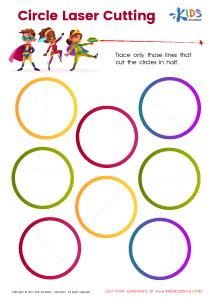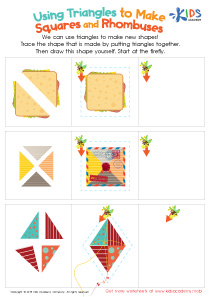Normal 2D Shapes Worksheets for Ages 6-8
26 filtered results
-
From - To
Explore our "Normal 2D Shapes Worksheets for Ages 6-8" designed to make learning geometry fun and engaging. Perfect for kids in early elementary grades, these worksheets focus on basic 2D shape recognition and understanding. Young learners will explore circles, squares, triangles, and more through a variety of activities including tracing, coloring, and identifying shapes in different contexts. Developed by educators, these printable resources aim to reinforce foundational math skills while stimulating creative thinking. Ideal for classroom use or at-home practice, our worksheets provide a solid foundation in geometry that will support your child’s mathematical journey.
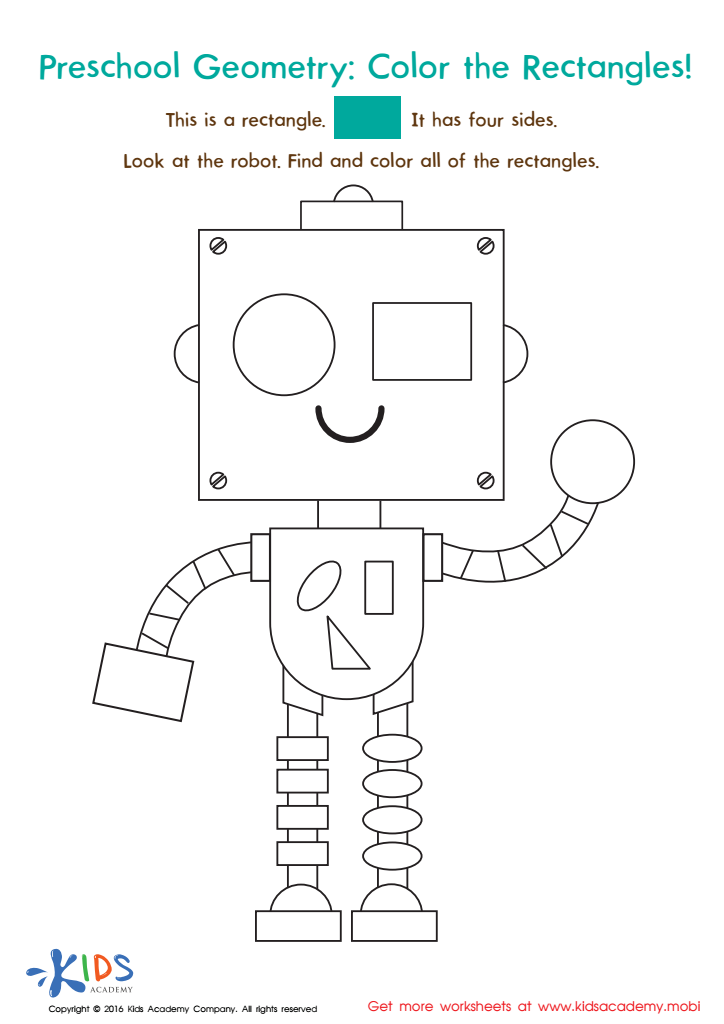

Geometry Worksheet
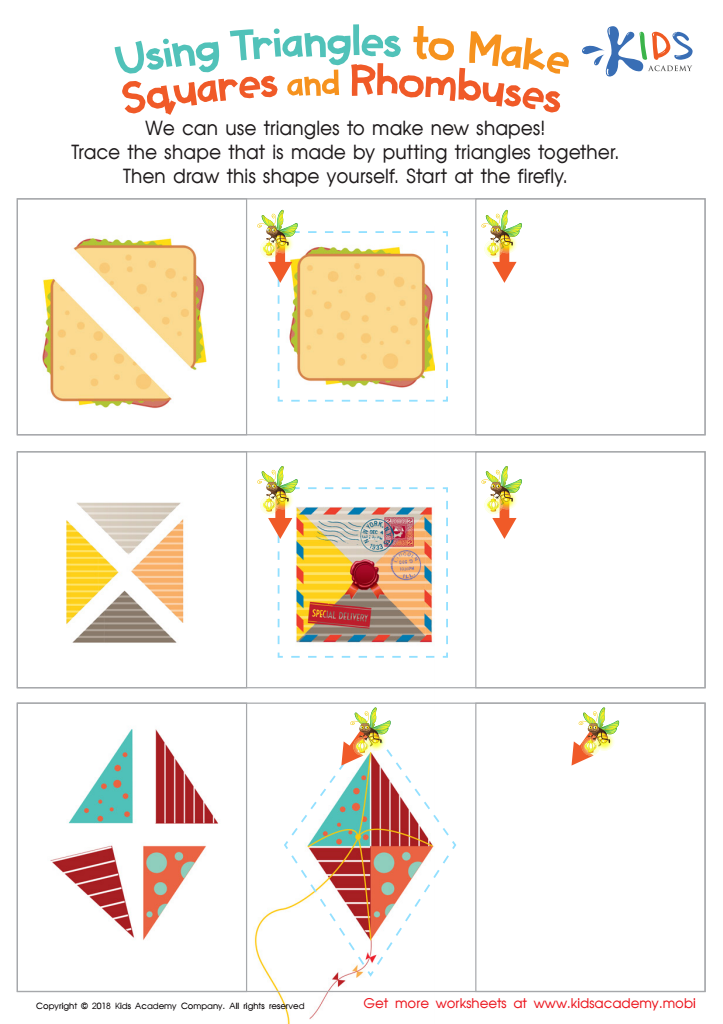

Using Triangles to Make Squares and Rhombuses Worksheet
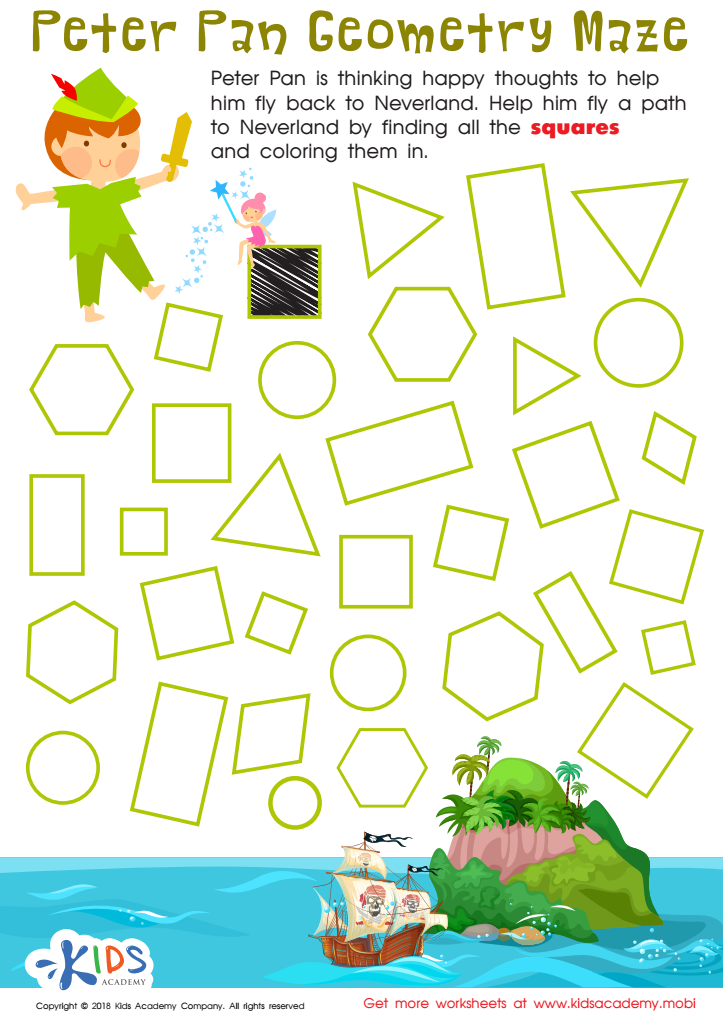

Peter Pan Worksheet
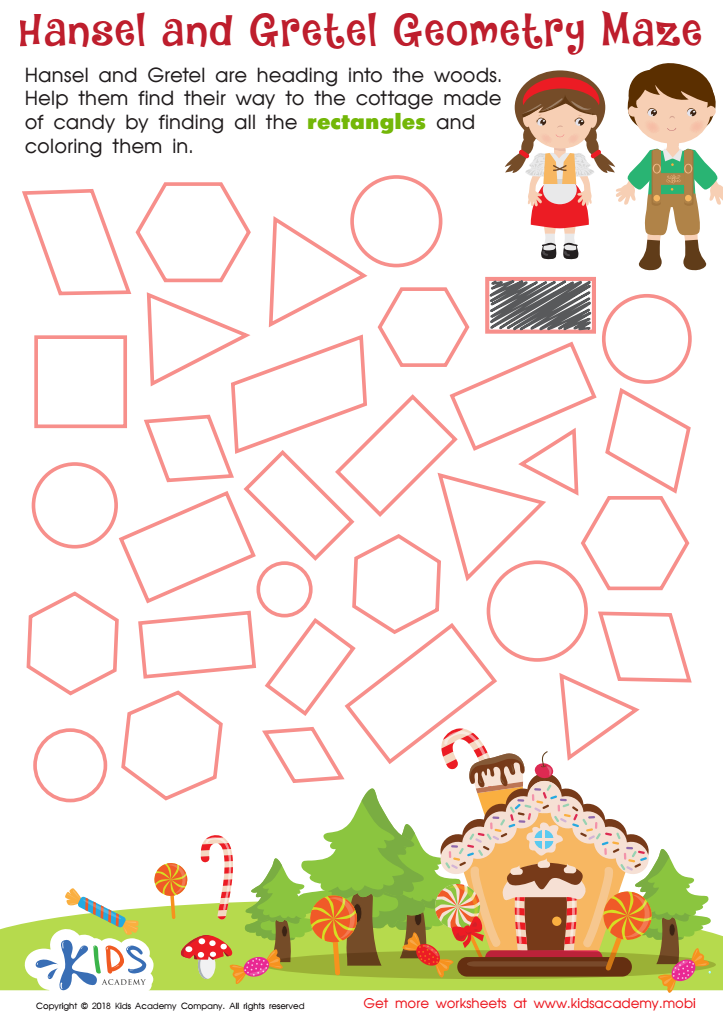

Hansel and Gretel Geometry Maze Worksheet
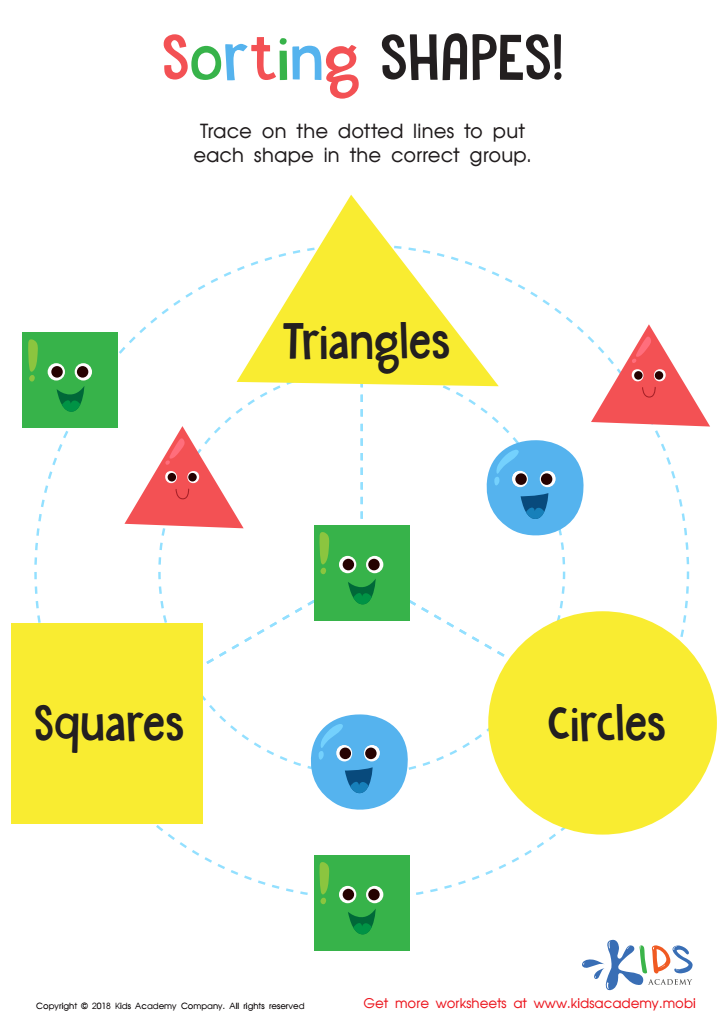

Sorting Shapes - Part 3 Worksheet


Drawing a Triangle Worksheet
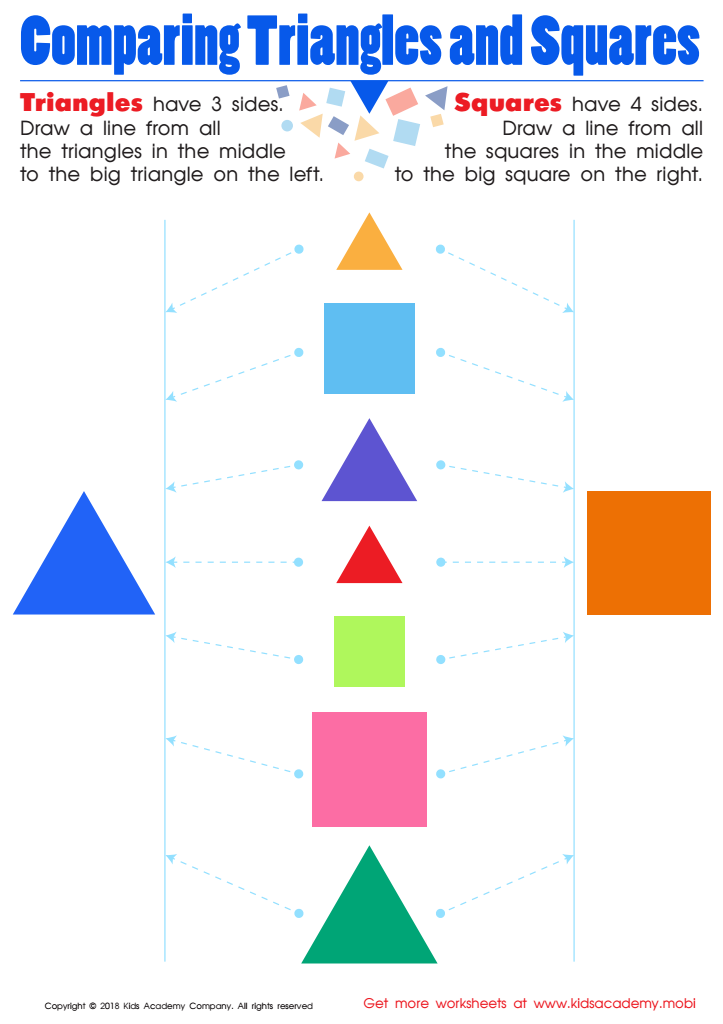

Comparing Triangles Squares Worksheet
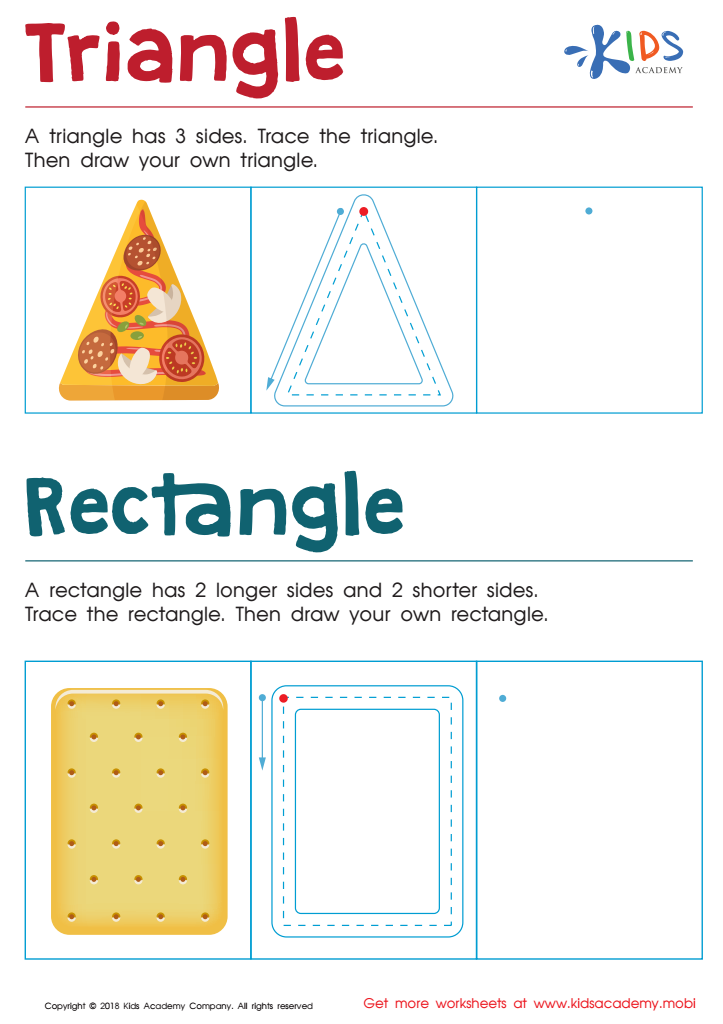

Triangle Rectangle Worksheet
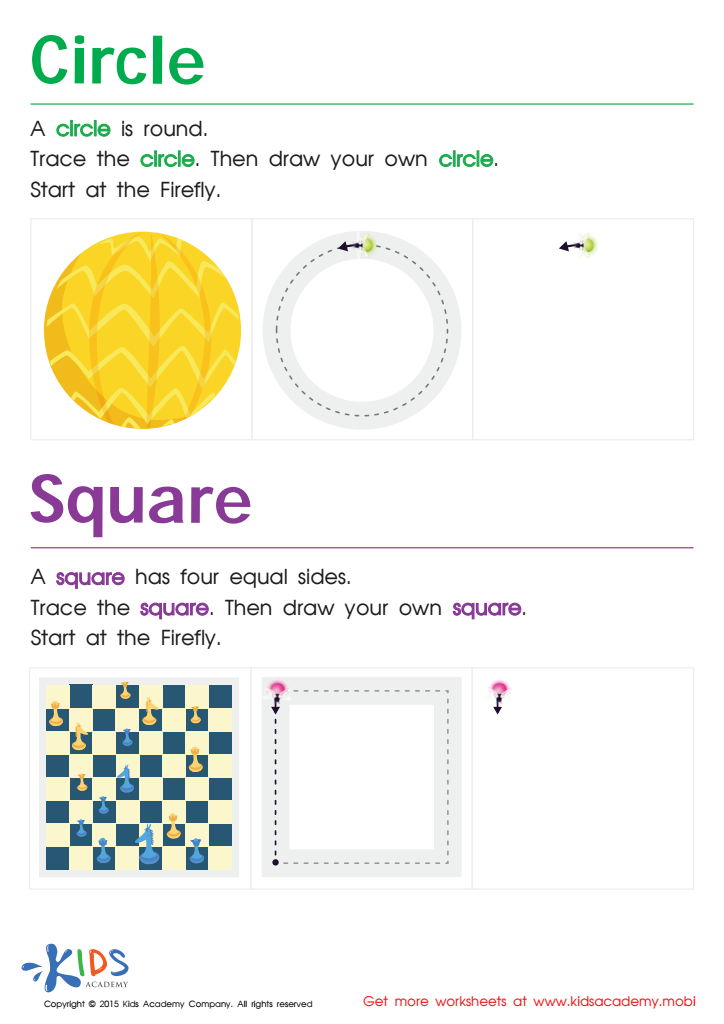

Trace And Draw a Circle And a Square Worksheet
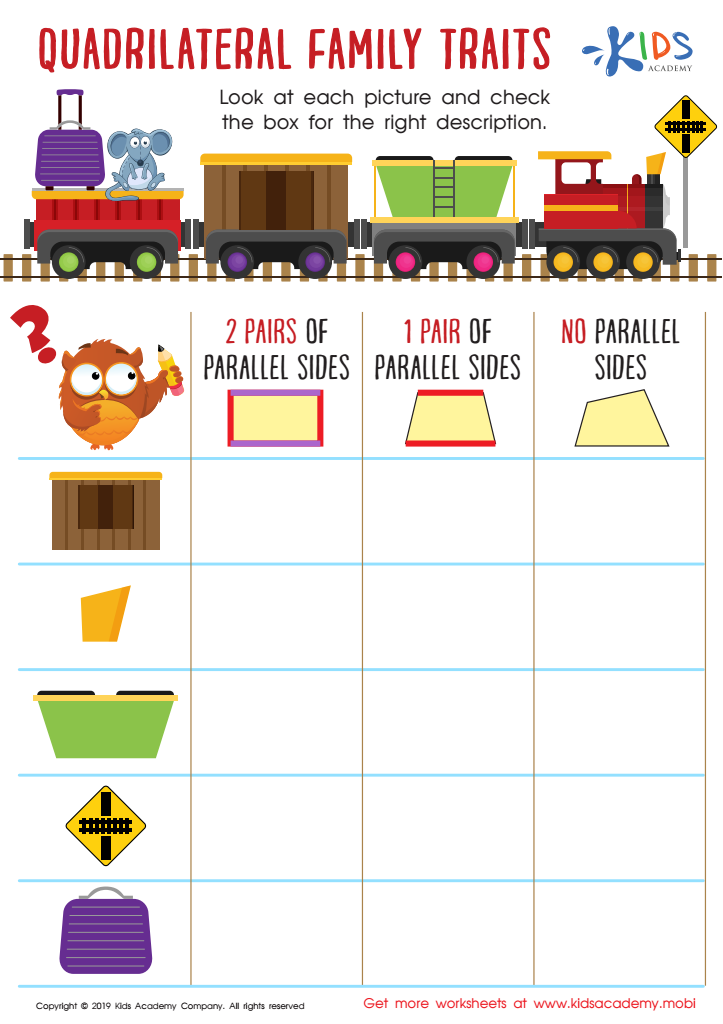

Quadrilateral Family Traits Worksheet


Shapes of All Sizes Worksheet
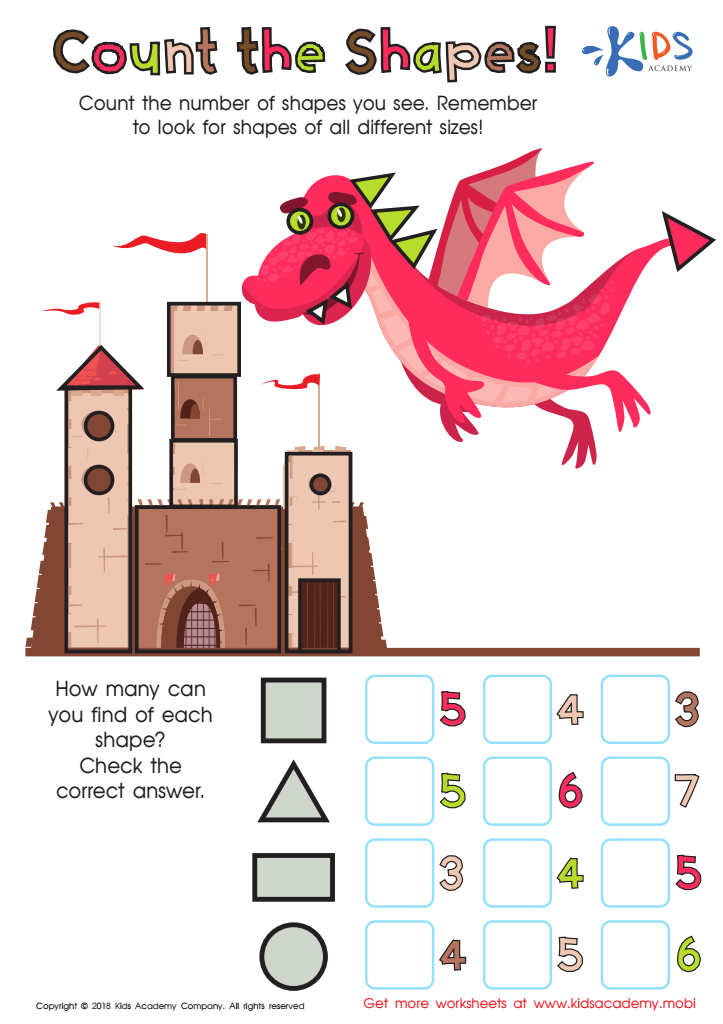

Count the Shapes Worksheet
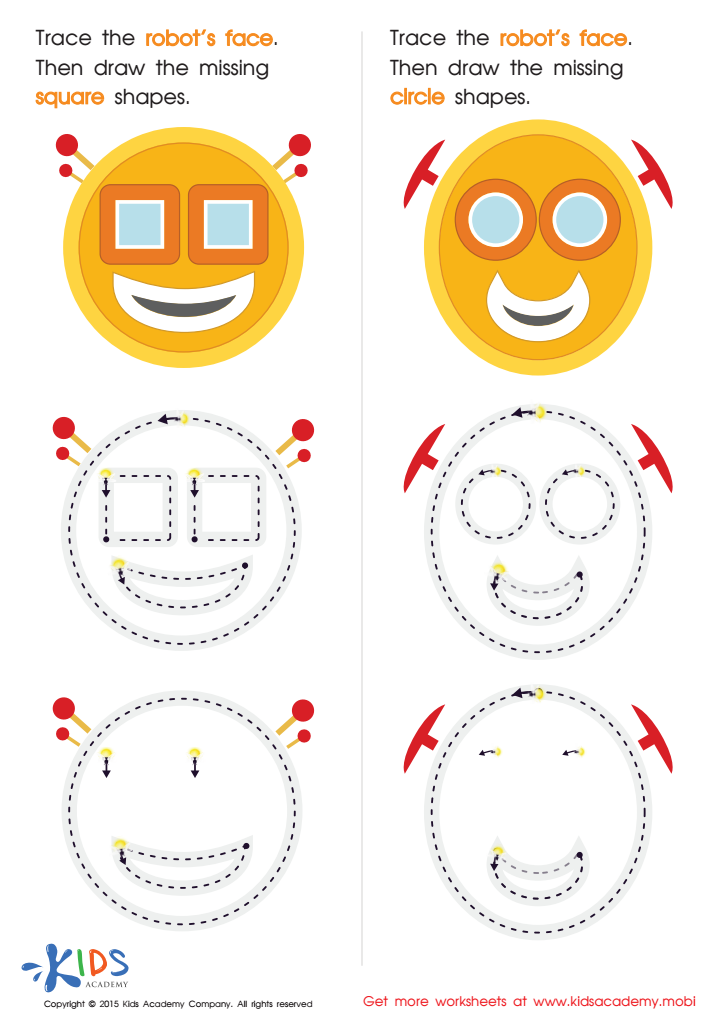

Practicing to Draw Circles And Squares Printable
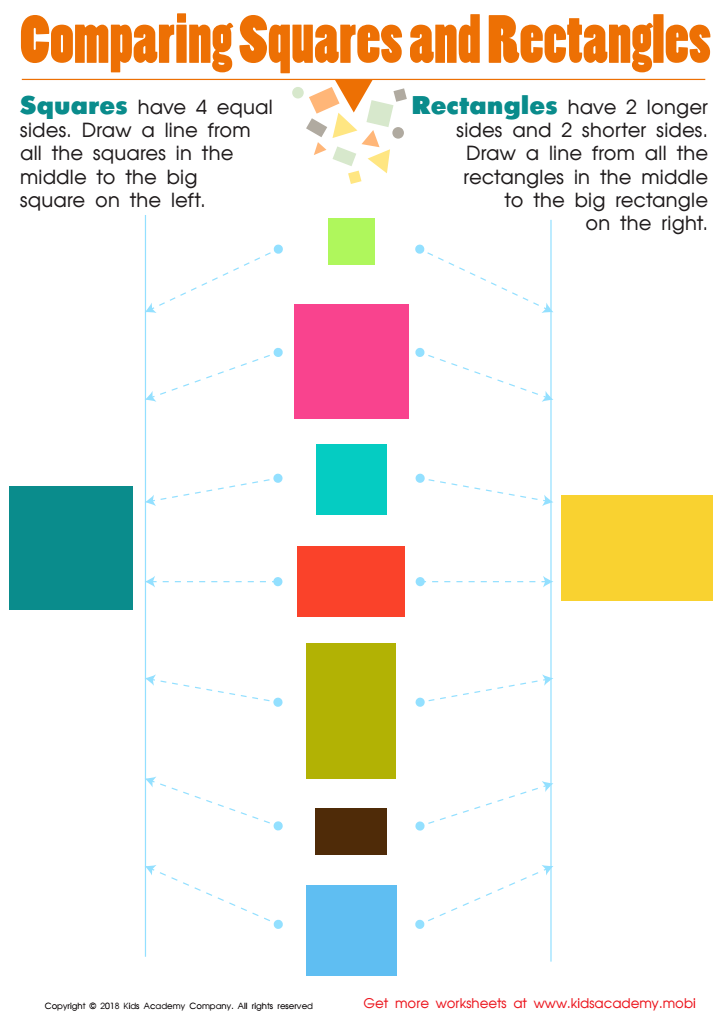

Comparing Squares Rectangles Worksheet
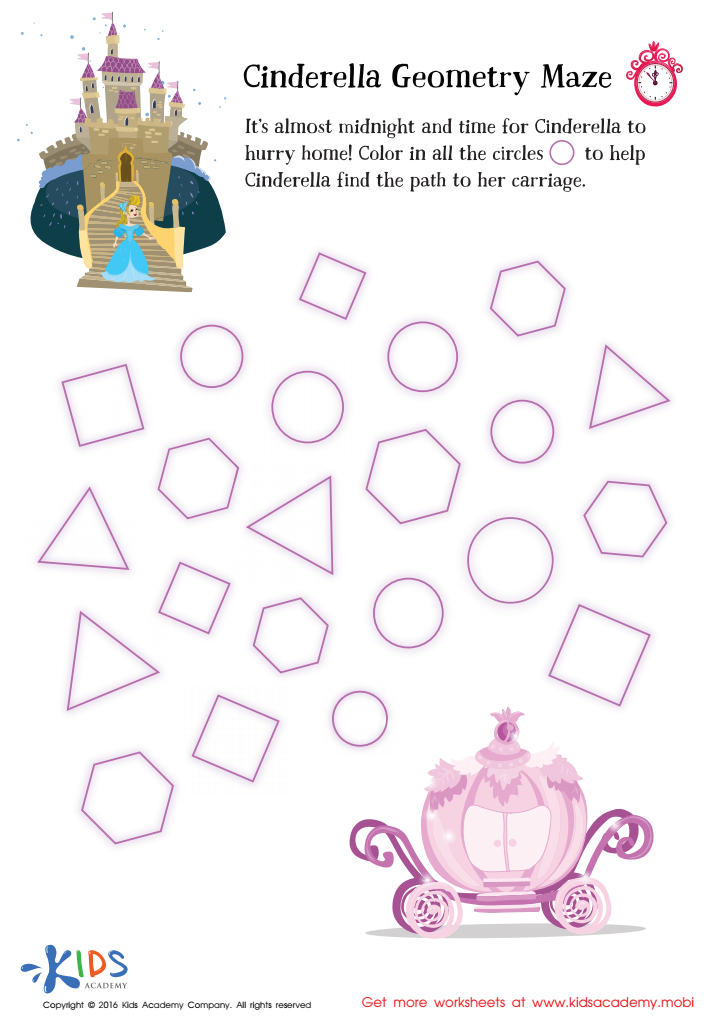

Cinderella Geometry Maze Worksheet


Preschool Geometry Match Up Worksheet


Learning to Draw Crescents And Triangles Worksheet
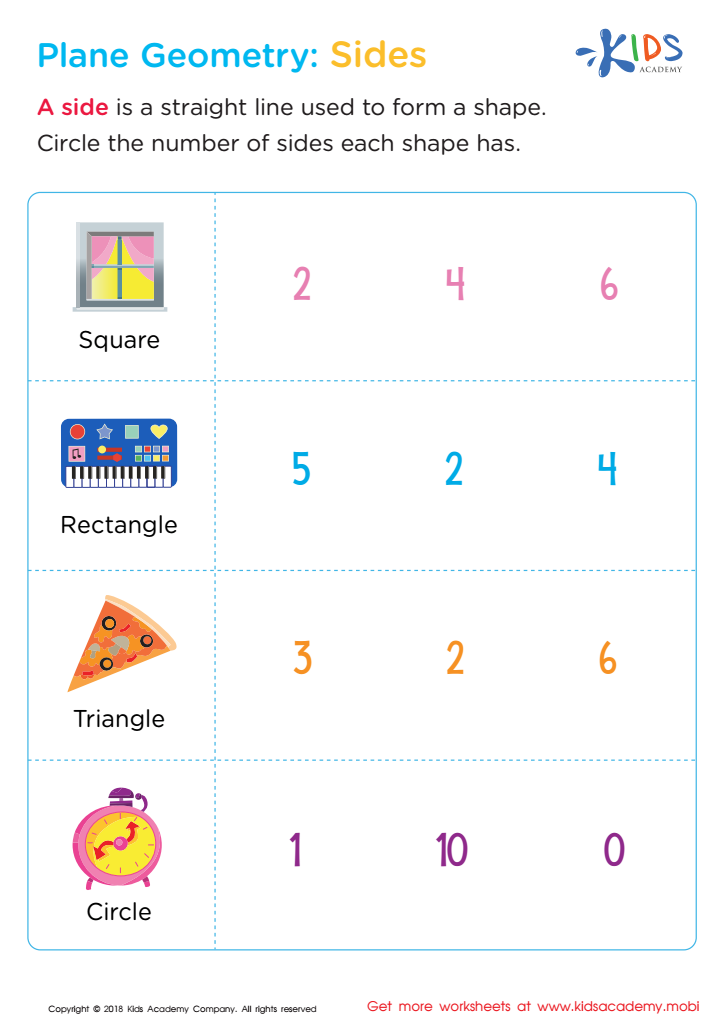

Plane Geometry: Sides Worksheet
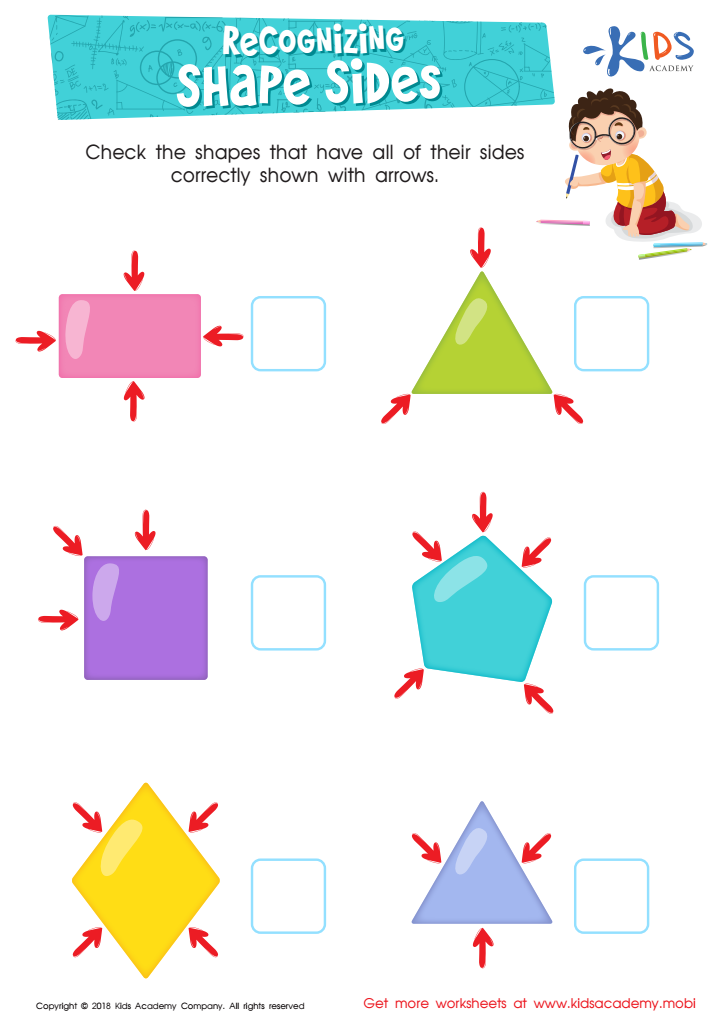

Recognizing Shape Sides Worksheet
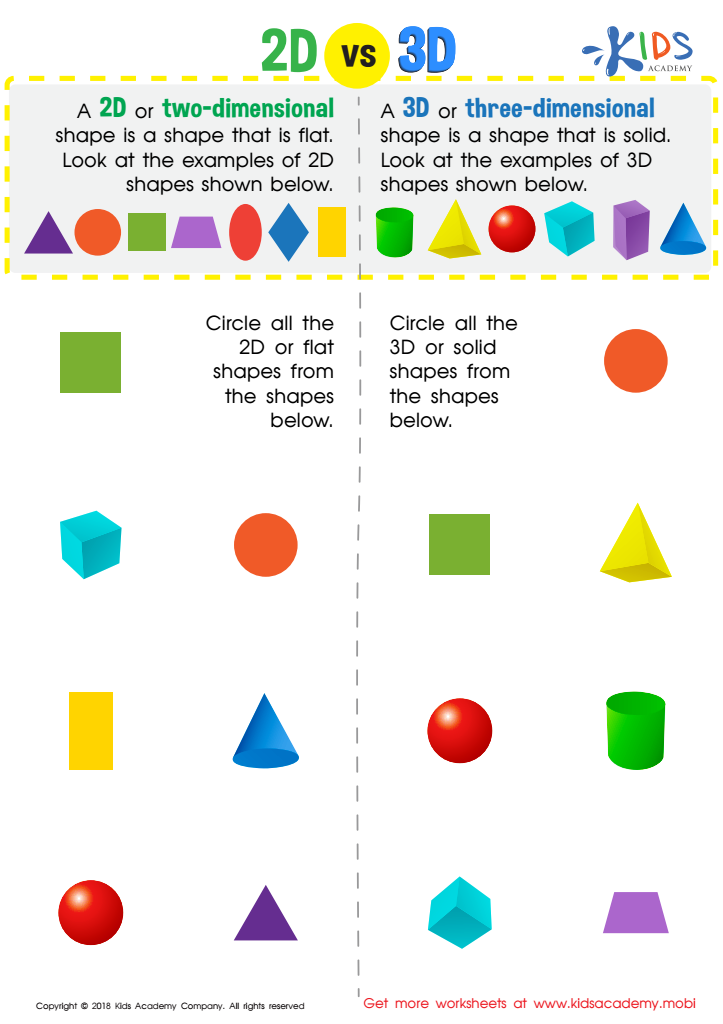

2D vs 3D Shapes Worksheet
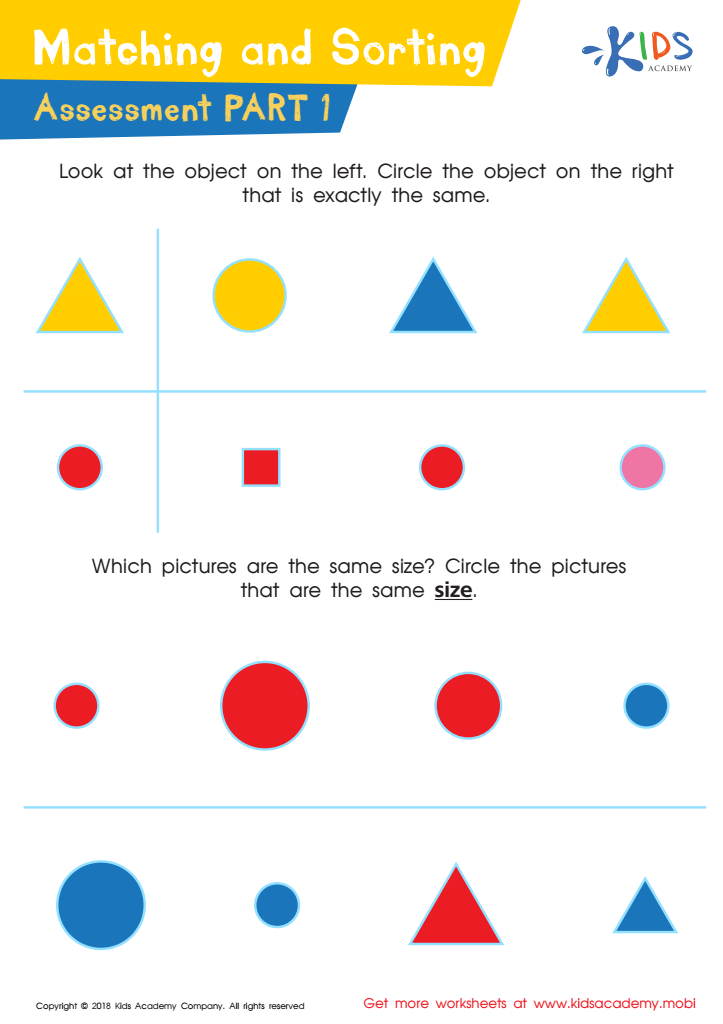

Matching and Sorting for Kindergarten: Assessment 1 Worksheet
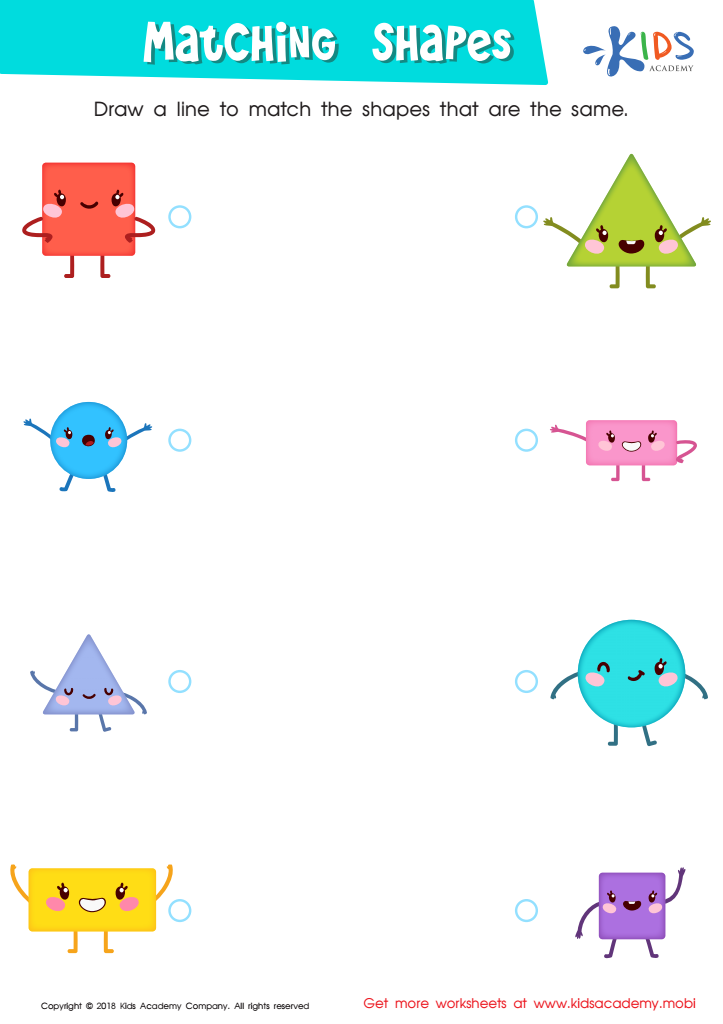

Matching Shapes Worksheet
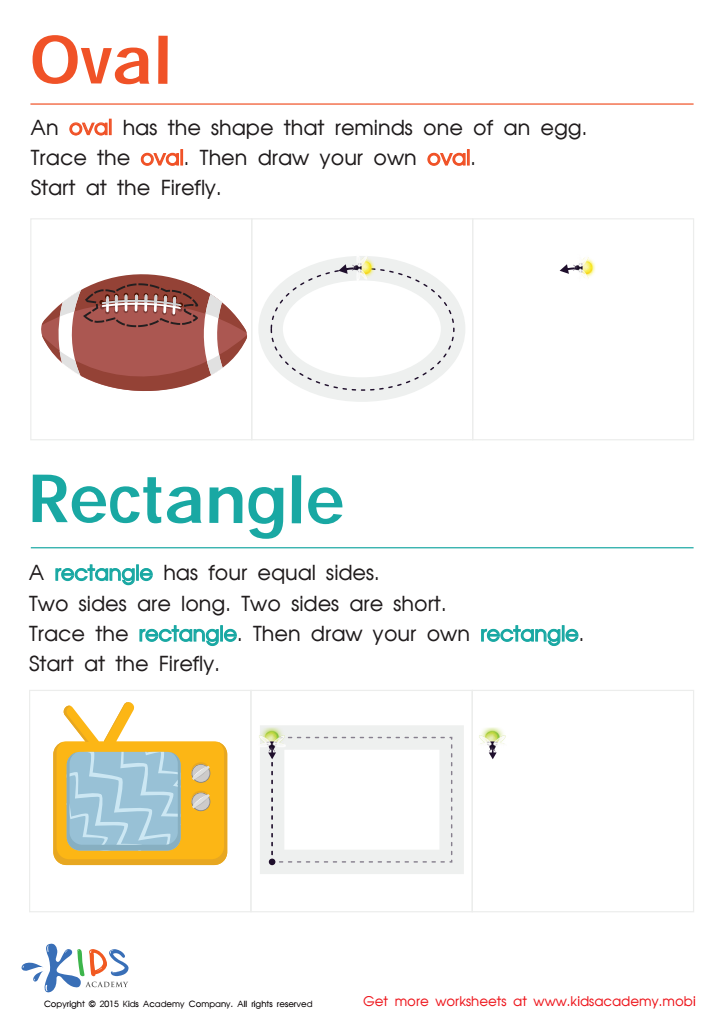

Easy Drawing of Ovals And Rectangles Worksheet


Using Squares to Make Rectangles Worksheet
Understanding normal 2D shapes is pivotal in a child’s early developmental stages, especially between the ages of 6-8. During these foundational years, learning about shapes enhances cognitive development and mathematical understanding. Shapes are the building blocks of geometry, a key area of mathematics. Grasping basic shapes like circles, squares, and triangles helps children recognize patterns, an essential skill in problem-solving and logical thinking.
Introducing 2D shapes at an early age nurtures spatial awareness and visualization abilities. Children start to comprehend how shapes fit together to form more complex objects, aiding in everyday tasks and future academic subjects like science and engineering. Shapes are also tied to literacy. Recognizing shapes of letters and signs supports early reading and writing skills. When children understand shapes, they can better comprehend graphs, charts, and diagrams used across diverse subjects.
Moreover, engaging activities involving shapes can boost creativity. Drawing, cutting out, and assembling shapes fosters fine motor skills and artistic expression. It also lays groundwork for teamwork and communication, as children discuss their creations.
Thus, parents and teachers should integrate 2D shapes into learning activities. This foundation supports mathematical thinking, literacy, creativity, and problem-solving, contributing to a child's holistic educational development.

 Assign to My Students
Assign to My Students















